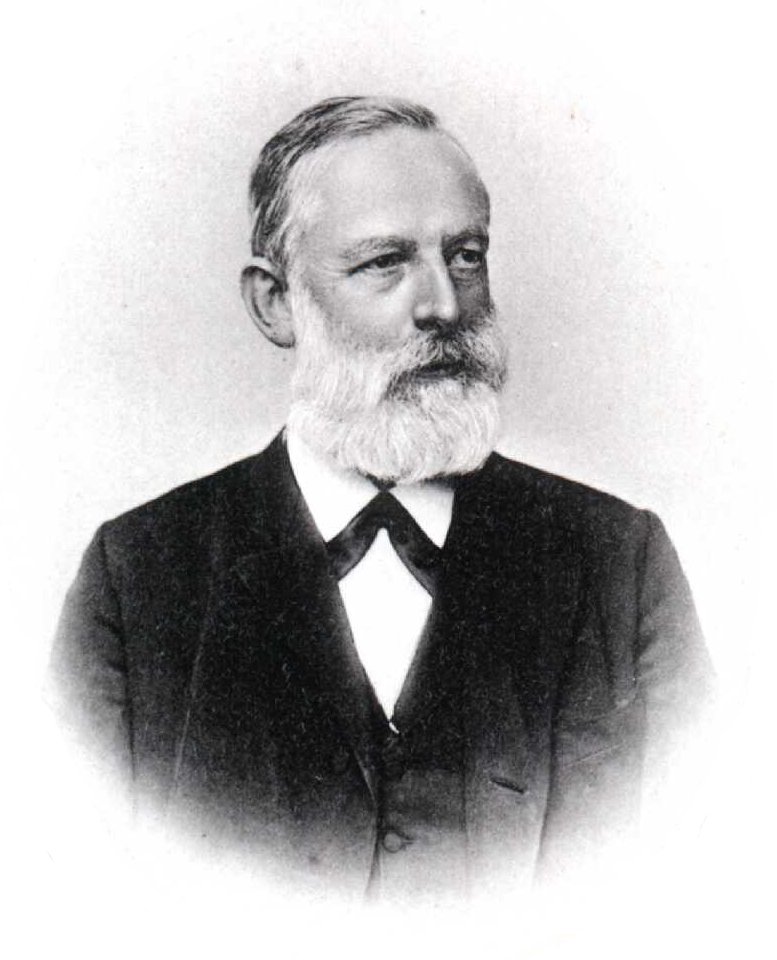DID you know that there has been a prodigious amount of change in the way periodic table arranges?

In the Beginning
the first scientific discovery of an element occurred in 1649 when Hennig Brand discovered phosphorous. During the next 200 years, a vast body of knowledge concerning the properties of elements and their compounds was acquired by chemists. By 1869, a total of 63 elements had been discovered. As the number of known elements grew, scientists began to recognize patterns in properties and began to develop classification schemes.Law of Triads
In 1817 Johann Dobereiner noticed that the atomic weight of strontium fell midway between the weights of calcium and barium, elements possessing similar chemical properties. In 1829, after discovering the halogen triad composed of chlorine, bromine, and iodine and the alkali metal triad of lithium, sodium and potassium he proposed that nature contained triads of elements the middle element had properties that were an average of the other two members when ordered by the atomic weight (the Law of Triads).Law of Octaves
John Newlands, an English chemist, wrote a paper in 1863 which classified the 56 established elements into 11 groups based on similar physical properties, noting that many pairs of similar elements existed which differed by some multiple of eight in atomic weight. In 1864 Newlands published his version of the periodic table and proposed the Law of Octaves (by analogy with the seven intervals of the musical scale). This law stated that any given element will exhibit analogous behavior to the eighth element following it in the table.Who Is The Father of the Periodic Table?
There has been some disagreement about who deserves credit for being the "father" of the periodic table, the German Lothar Meyer (pictured here) or the Russian Dmitri Mendeleev. Both chemists produced remarkably similar results at the same time working independently of one another. This consisted of about half of the known elements listed in order of their atomic weight and demonstrated periodic valence changes as a function of atomic weight. Unfortunately for Meyer, Mendeleev's table became available to the scientific community via publication (1869) before Meyer's appeared (1870)!
or the Russian Dmitri Mendeleev. Both chemists produced remarkably similar results at the same time working independently of one another. This consisted of about half of the known elements listed in order of their atomic weight and demonstrated periodic valence changes as a function of atomic weight. Unfortunately for Meyer, Mendeleev's table became available to the scientific community via publication (1869) before Meyer's appeared (1870)! Discovery of the Noble Gases
In 1895 Lord Rayleigh reported the discovery of a new gaseous element named argon which proved to be chemically inert. This element did not fit any of the known periodic groups. In 1898, William Ramsey suggested that argon be placed into the periodic table between chlorine and potassium in a family with helium, despite the fact that argon's atomic weight was greater than that of potassium. This group was termed the "zero" group due to the zero valency of the elements. Ramsey accurately predicted the future discovery and properties neon.Atomic Structure and the Periodic Table
Although Mendeleev's table demonstrated the periodic nature of the elements, it remained for the discoveries of scientists of the 20th Century to explain why the properties of the elements recur periodically.In 1911 Ernest Rutherford published studies of the scattering of alpha particles by heavy atom nuclei which led to the determination of nuclear charge. He demonstrated that the nuclear charge on a nucleus was proportional to the atomic weight of the element.
This charge, later termed the atomic number, could be used to number the elements within the periodic table. In 1913, Henry Moseley (see a picture) published the results of his measurements of the wavelengths of the x-ray spectral lines of a number of elements which showed that the ordering of the wavelengths of the x-ray emissions of the elements coincided with the ordering of the elements by atomic number. With the discovery of isotopes of the elements, it became apparent that atomic weight was not the significant player in the periodic law as Mendeleev, Meyers and others had proposed, but rather, the properties of the elements varied periodically with atomic number.
PERIODIC LAW: properties of chemical elements recur periodically when the elements are arranged from lowest to highest atomic #s.The question of why the periodic law exists was answered as scientists developed an understanding of the electronic structure of the elements beginning with Niels Bohr's studies of the organization of electrons into shells through G.N. Lewis' (see a picture) discoveries of bonding electron pairs.
The Modern Periodic Table
The last major changes to the periodic table resulted from Glenn Seaborg's work in the middle of the 20th Century. Starting with his discovery of plutonium in 1940, he discovered all the transuranic elements from 94 to 102. He reconfigured the periodic table by placing the actinide series below the lanthanide series. In 1951, Seaborg was awarded the Nobel Prize in chemistry for his work. Element 106 has been named seaborgium (Sg) in his honor.If you are truly passionate about this, you can also check out these very educational video by BBC!
They summarizes the history from the first discovery to the first organizing to the modern periodic table we know now...
http://www.youtube.com/watch?v=nsbXp64YPRQhttp://www.youtube.com/watch?v=25lprEvoFJ8&feature=related
http://www.youtube.com/watch?v=25lprEvoFJ8&feature=related
http://www.youtube.com/watch?v=hHL80A93lCA&feature=related
No comments:
Post a Comment